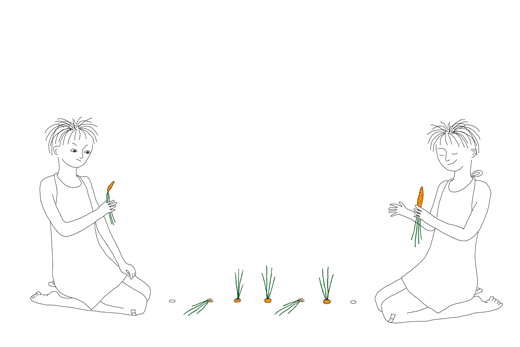
When I was a child, I often helped my mother picking lingonberries. Unfortunately we didn’t live in the north where there are lots of them so it was kind of tedious. I also didn’t like the taste so I couldn’t really get the point of wasting my time. It was different with blueberries.
Well it is even harder to find fresh lingonberries in NYC. But luckily there are plenty of cranberries. You may even find organic berries. Uncooked Cranberries Preserved Jam or what you may call, Raw Stirred Lingonberries (rårörda lingon) is a very common side dish to plenty of Swedish dishes. I have also heard that it is very similar to a cranberry and orange relish that is common on a traditional Thanksgiving dinner. In my jam or relish I used lime instead of orange and (of course) sucanat instead of white sugar.
½ kg (1 lb) cranberries or lingonberries
150 ml (0.6 cup) sucanat
peals of one lime
Rinse the berries carefully. Crush the berries with a potatoes masher to make the berries softer. Add the sugar and start stirring with a big spoon. Keep stirring and stirring and stir until the sugar is completely melted and you have a nice consistency. For quicker results, run the berries very briefly in the food processor before adding the sugar. It will make it easier to stir. But please don’t use the food processor too long as it will mash them and its nice to see some whole soft lovely berries in the jam. Finally add the lime peals and let the jam rest overnight.
Serve the jam with duck, chicken, turkey, meatloaf, body cakes (kroppkakor), potaoe panncakes, patties or meatballs. M likes it on his breakfast oatmeal (if there is any left…)






